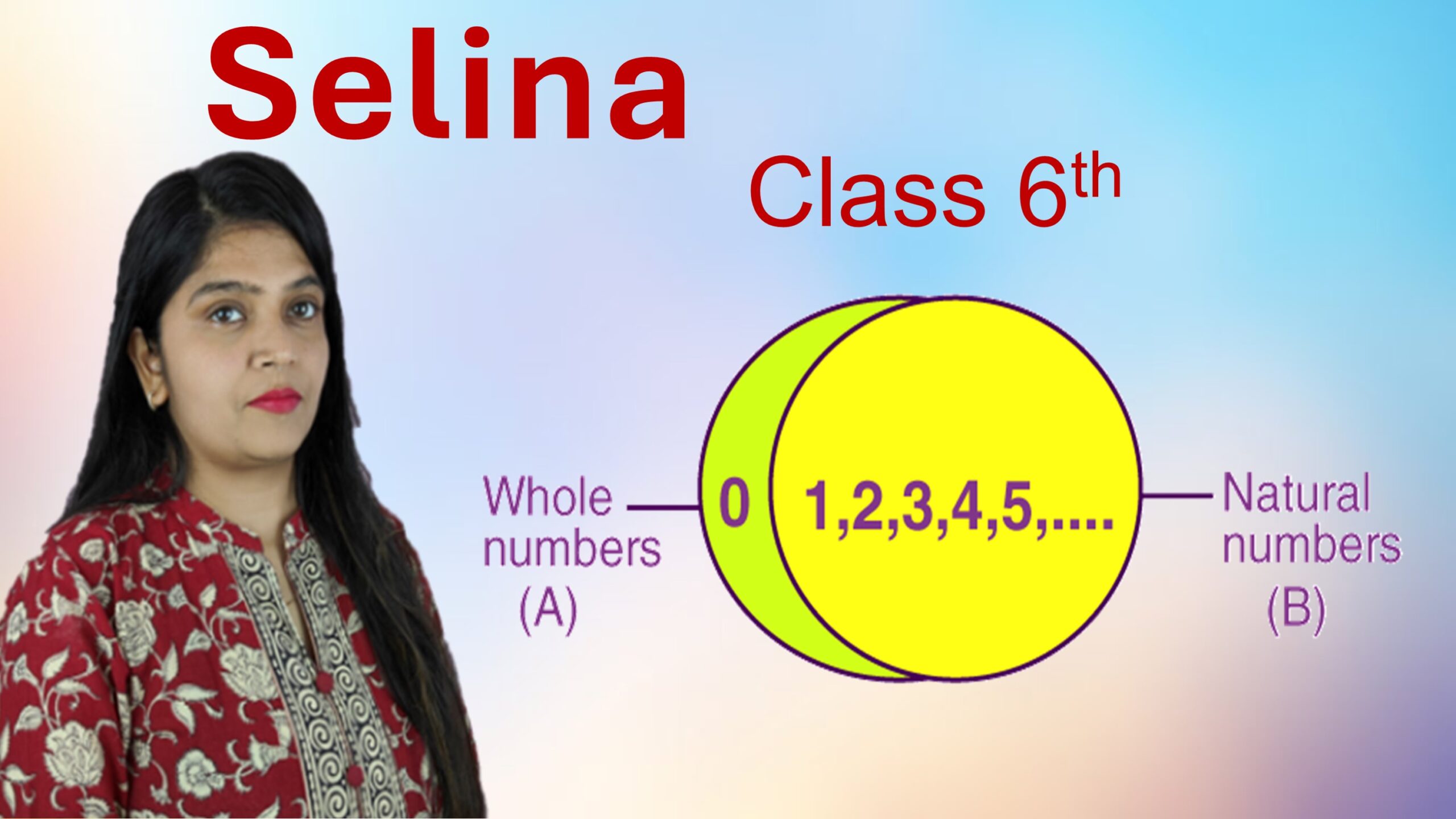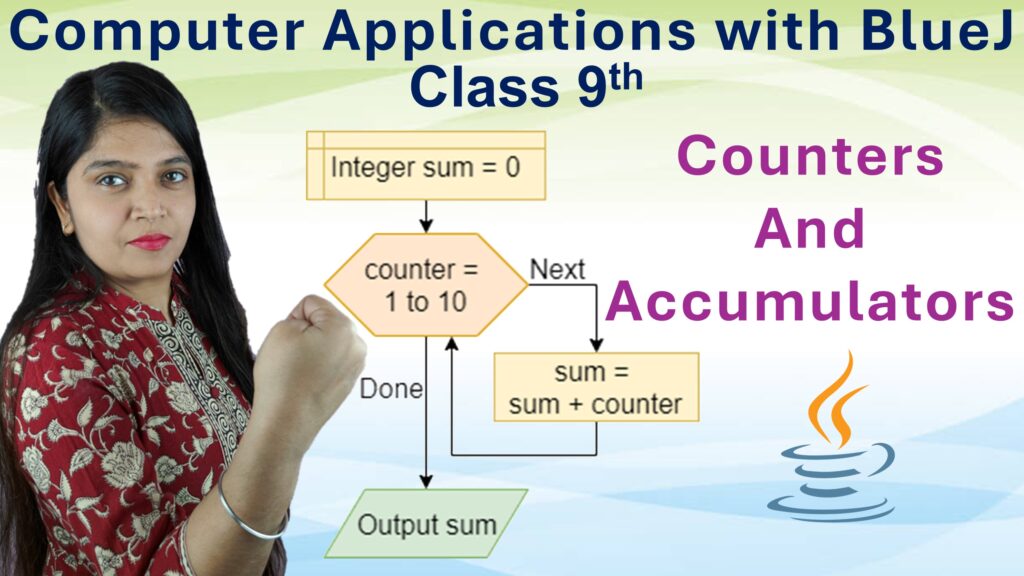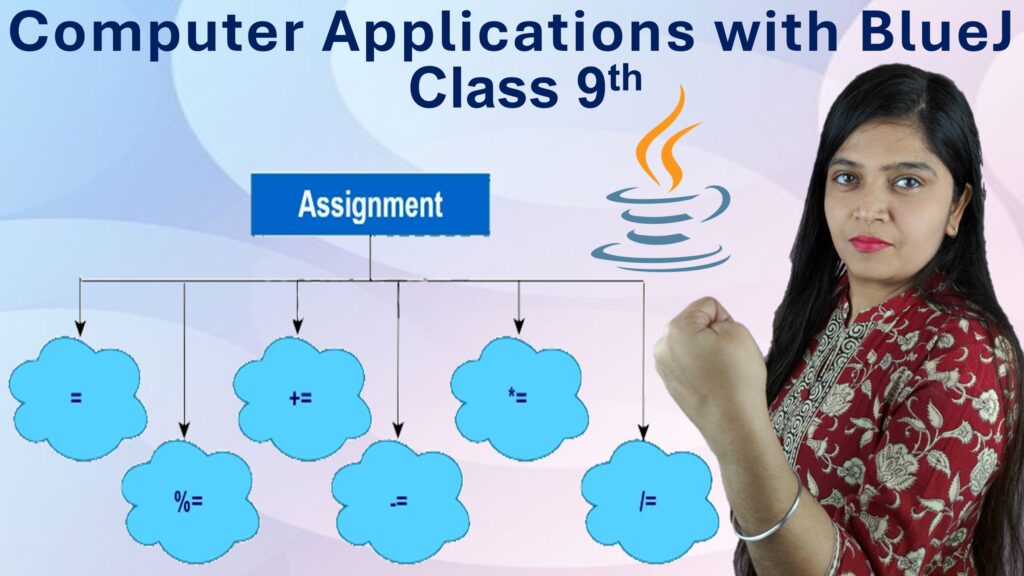Exercise: 4-B
Q1: Consider two whole numbers a and b such that a is greater than b.
i. Is \(a – b\) a whole number? Is this result always true?
Step 1: Whole numbers are closed under subtraction only when the minuend is greater than or equal to the subtrahend.
Step 2: Given: \(a > b\), and both are whole numbers.
Step 3: Let \(a = 9\), \(b = 4\)
\[
a – b = 9 – 4 = 5
\]
5 is a whole number.
Conclusion: Yes, \(a – b\) is a whole number if \(a \geq b\).
Answer: Yes, it is a whole number. This result is true when \(a \geq b\).
ii. Is \(b – a\) a whole number? Is this result always true?
Step 1: Given: \(a > b\)
Step 2: Let \(a = 7\), \(b = 3\)
\[
b – a = 3 – 7 = -4
\]
Step 3: \(-4\) is not a whole number.
Conclusion: No, \(b – a\) is not a whole number when \(b < a\).
Answer: No, it is not a whole number. This result is always true.
Q2: Fill in the blanks
i. \(8 – 0 =\) ____, and \(0 – 8 =\) ________
8 – 0 ≠ 0 – 8, this shows subtraction of whole numbers is not ______
Step 1:
\[
8 – 0 = 8, \quad 0 – 8 = -8
\]
Step 2: Since \(8 ≠ -8\), subtraction is not commutative.
Answer:
8; -8; commutative
ii. \(5 – 10 =\) _______, which is not a ______
Subtraction of ______ is not closed.
Step 1:
\[
5 – 10 = -5
\]
Step 2: \(-5\) is not a whole number.
Answer:
-5; whole number; whole numbers
iii. \(7 – 18 =\) _____ and \((7 – 18) – 5 =\) ________
\(18 – 5 =\) ______ and \(7 – (18 – 5) =\) ________
Is \((7 – 18) – 5 = 7 – (18 – 5)\)?
Step 1:
\[
7 – 18 = -11 \Rightarrow (-11) – 5 = -16
\]
Step 2:
\[
18 – 5 = 13 \Rightarrow 7 – 13 = -6
\]
Step 3:
\[
-16 \ne -6
\]
This shows subtraction is not associative.
Answer:
-11; -16; 13; -6; No
Q3: Write the identity number, if possible for subtraction of whole numbers.
Step 1:
In addition, the identity number is 0, because:
\[
a + 0 = a = 0 + a
\]Step 2:
Let’s check if any number behaves like an identity in subtraction.
Try 0:
\[
a – 0 = a \quad \text{(this holds true)}
\]
But,
\[
0 – a \ne a \quad \text{(this is not true for } a \ne 0)
\]Step 3:
Subtraction is not commutative or associative, and there’s no number that satisfies:
\[
a – x = a \quad \text{and} \quad x – a = a
\]Conclusion:
There is no identity element for subtraction of whole numbers because no number satisfies the identity condition in all cases.
Answer: No identity number exists for subtraction of whole numbers.
Q4: Fill in the blanks
i. \(12 \times (9 – 6) =\) ________ = ________
Step 1:
First solve inside the bracket:
\[
9 – 6 = 3
\]
Now multiply:
\[
12 \times 3 = 36
\]Answer: \(12 \times 3 = 36\)
ii. \(12 \times 9 – 12 \times 6 =\) ______ = ________
Step 1:
\[
12 \times 9 = 108, \quad 12 \times 6 = 72
\]
Now subtract:
\[
108 – 72 = 36
\]Answer: 108 – 72 = 36
iii. Is \(12 \times (9 – 6) = 12 \times 9 – 12 \times 6\)? ________.
Step 1:
LHS: \(12 \times (9 – 6) = 12 \times 3 = 36\)
RHS: \(12 \times 9 – 12 \times 6 = 108 – 72 = 36\)
Answer: Yes
iv. Is this type of result always true?
Step 1:
Yes, this is an example of the distributive property of multiplication over subtraction:
\[
a \times (b – c) = a \times b – a \times c
\]Answer: Yes, always true by distributive property.
Q5: Fill in the blanks
i. \((16 – 8) \times 24 =\) ________ = _______
Step 1:
Calculate inside the bracket:
\[
16 – 8 = 8
\]
Multiply:
\[
8 \times 24 = 192
\]Answer: \(8 \times 24 = 192\)
ii. \(16 \times 24 – 8 \times 24 =\) ________ – _______ = _______
Step 1:
Calculate each multiplication:
\[
16 \times 24 = 384, \quad 8 \times 24 = 192
\]
Subtract:
\[
384 – 192 = 192
\]Answer: \(384 – 192 = 192\)
iii. Is \((16 – 8) \times 24 = 16 \times 24 – 8 \times 24\)? __________
Step 1:
LHS = \(192\)
RHS = \(192\)
Since LHS = RHS,
Answer: Yes
iv. Is this type of result always true?
Step 1:
Yes, this follows the distributive property of multiplication over subtraction:
\[
a \times (b – c) = a \times b – a \times c
\]Answer: Yes, it is always true.
Q6: Find the difference between the largest number of four digits and the smallest number of six digits.
Step 1:
Identify the largest four-digit number:
\[
\text{Largest four-digit number} = 9999
\]Step 2:
Identify the smallest six-digit number:
\[
\text{Smallest six-digit number} = 100000
\]Step 3:
Find the difference:
\[
\text{Difference} = \text{Smallest six-digit number} – \text{Largest four-digit number}
\]
\[
= 100000 – 9999
\]Step 4:
Calculate the subtraction:
\[
100000 – 9999 = 90001
\]Answer: 90001
Q7: Find the difference between the smallest number of eight digits and the largest number of five digits.
Step 1:
Identify the smallest eight-digit number:
\[
\text{Smallest eight-digit number} = 10,000,000
\]Step 2:
Identify the largest five-digit number:
\[
\text{Largest five-digit number} = 99,999
\]Step 3:
Find the difference:
\[
\text{Difference} = \text{Smallest eight-digit number} – \text{Largest five-digit number} \\
= 10,000,000 – 99,999
\]Step 4:
Calculate the subtraction:
\[
10,000,000 – 99,999 = 9,900,001
\]Answer: 9,900,001







Leave a Comment